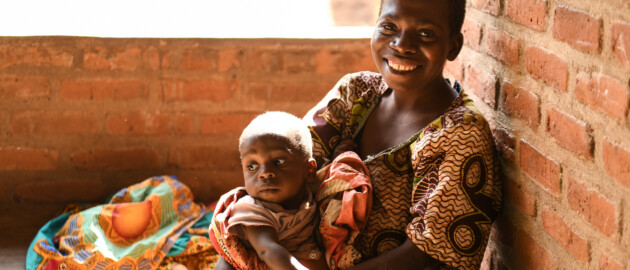Increase Gains in Nutrition by Integration, Education, Evaluation, Empowerment…
Working alongside our partners, this project will deliver integrated nutrition, health and WASH programming for those who need it most in Malawi, Ghana and Pakistan.

Improving adolescents’ nutrition knowledge.
Well-nourished adolescents are healthier and perform better at school. More education leads to better long-term health and improved nutrition. Adolescence is the time to establish a healthy diet.
Adolescents can have a brighter future if proper nutrition and healthy habits are established in this critical growth period.
The world today is home to the largest population of adolescents and youth in human history. Almost half of 1.2 billion adolescents living on the planet are girls.
86% of the world’s adolescents live in low- and middle-income countries, with more than half of the adolescent population living in Asia.
Adolescents need adequate and healthy diets to meet the growth demands of puberty and to reduce the risk of malnutrition. Adolescence marks the second-fastest period of growth, after infancy, providing a second window of opportunity in the life course for growth and development.
With access to adequate health and nutrition, adolescence is a time when “catch-up growth” may occur and reduce childhood stunting, with dramatic increases in height.
The global community needs a deeper understanding of the needs, preferences and circumstances of adolescents to deliver health and nutrition education that ensures health equity, non-discrimination and active participation.
To inform program development and policy-making, we need to understand the behaviours, dietary patterns and main influencers in the context of adolescents’ social and psychosocial development.
Also, to support scale-up, health systems integration, cross-sector collaboration and sustainability, we need to conduct follow-up research to help identify innovations, delivery platforms and partnerships that reach and affect adolescents.
We ensure that adolescents get the nutrition and knowledge they need to reach their full potential.
Through our nutrition education interventions, we:
Learn more
Adolescent Nutrition and Anaemia free online course
Globally, adolescents―particularly girls―are greatly affected by malnutrition, partly due to their specific biological needs. However, they are often missed by health and nutrition interventions. This course is designed to close the knowledge gap.
Discover our projects around the world
See a list of Nutrition International projects that include nutrition education leading to better health and education potential.